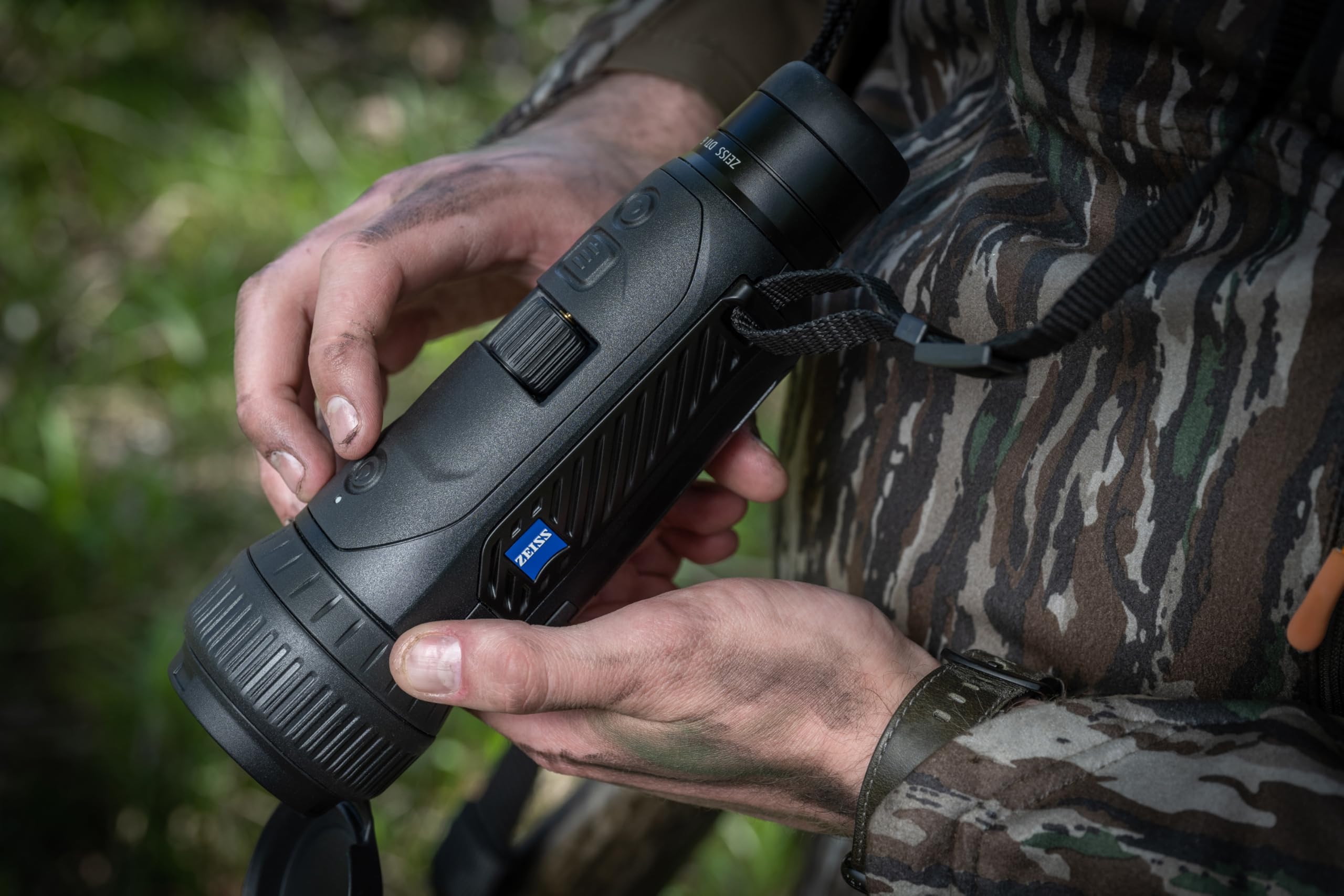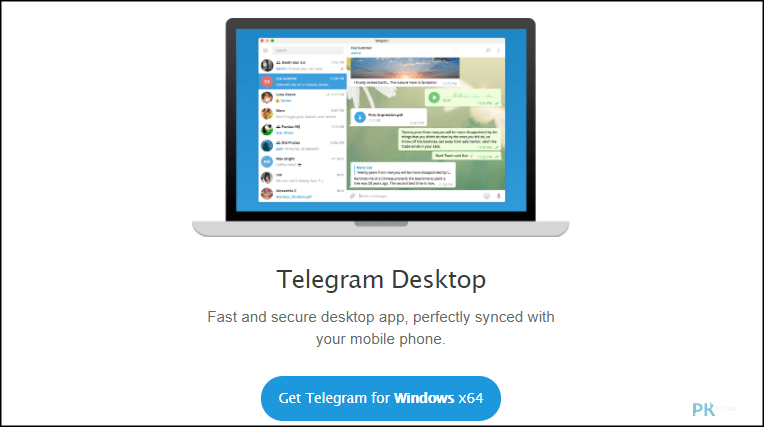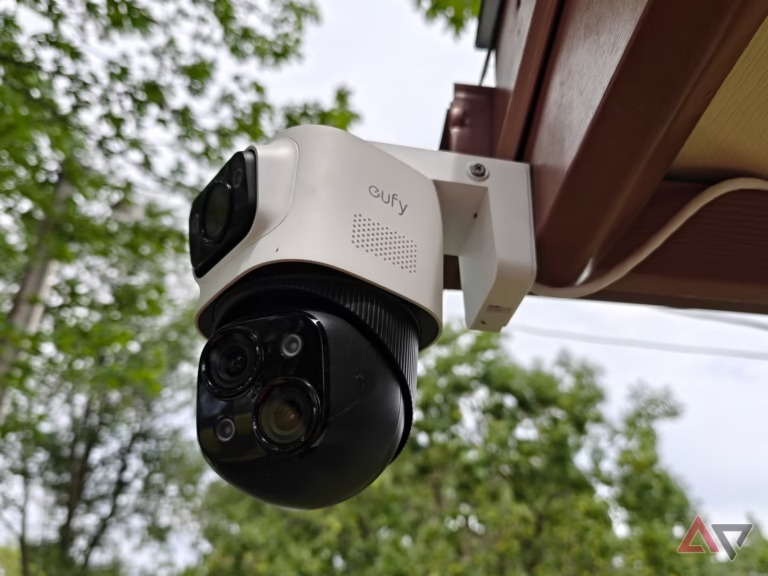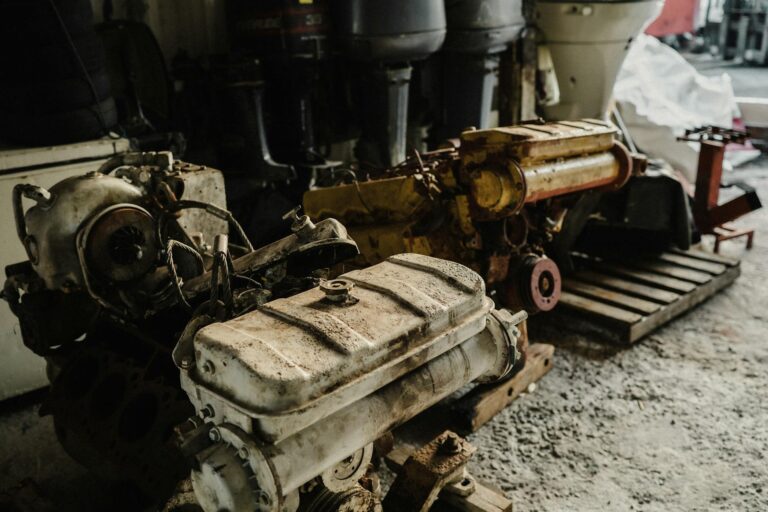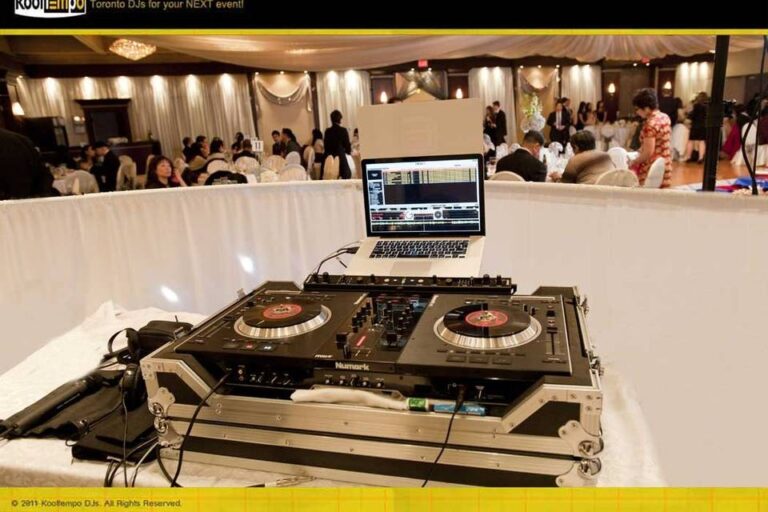Thermal imaging technology has changed how we see the world, quite literally. Whether used by outdoor enthusiasts, security professionals, or rescue teams, thermal imaging devices help detect heat signatures that are invisible to the naked eye. One of the most popular and versatile devices in this category is the thermal imaging monocular. If you’re a beginner curious about what it does, how it works, and how to choose the right one, this guide is for you.
Understanding What a Thermal Imaging Monocular Is
A thermal imaging monocular is a compact optical device designed to detect infrared radiation (heat) emitted by objects, animals, and people. Unlike night vision devices that rely on ambient light or illumination, a thermal monocular can “see” in total darkness. It translates the heat differences in the environment into clear visual images, allowing users to identify heat sources even through fog, smoke, or dense vegetation.
Essentially, every object gives off some level of infrared radiation based on its temperature. The monocular’s thermal sensor captures this radiation, processes it, and displays a visible image—often in various color palettes such as white-hot, black-hot, or rainbow mode.
How Thermal Imaging Monoculars Work
At its core, a thermal monocular operates using a specialized sensor called a microbolometer. This sensor detects temperature variations and converts them into electrical signals. These signals are then processed by internal software to produce an image that visually represents temperature differences in the scene.
Warmer objects, such as people or animals, typically appear brighter in the image, while cooler areas like the ground or trees appear darker. Some advanced models even allow users to adjust the color contrast or sensitivity to enhance the visibility of specific targets.
The process occurs in real time, meaning you can instantly see changes in the environment as they happen. This makes handheld thermal imaging monocular devices extremely valuable in both professional and recreational settings.
Common Uses of a Thermal Imaging Monocular
Thermal imaging monoculars are versatile tools with a wide range of applications. Below are some of the most common uses:
Outdoor and Wildlife Observation
Hunters and wildlife enthusiasts use thermal monoculars to detect animals in low-light or dark conditions. Since animals emit heat, they stand out clearly against cooler surroundings. This allows for safer and more ethical tracking without disturbing the environment.
Search and Rescue Operations
Emergency responders rely heavily on thermal imaging devices to locate missing persons in challenging environments. Whether it’s a dense forest, nighttime terrain, or disaster zone, a handheld thermal imaging monocular can detect body heat that traditional night vision might miss.
Security and Surveillance
Thermal monoculars are also used for perimeter monitoring and surveillance. Security professionals use them to identify potential intruders or hidden threats without relying on visible light. They are particularly effective in fog, rain, or other weather conditions that reduce visibility.
Home and Industrial Inspections
Another practical use of thermal monoculars is in maintenance and inspection work. They can identify overheating electrical components, detect insulation gaps, or find leaks in plumbing systems by spotting temperature differences.
Advantages of Using a Thermal Imaging Monocular
Choosing a thermal imaging monocular comes with several advantages compared to other imaging tools:
Compact and Lightweight Design
A thermal monocular is typically smaller and easier to carry than binoculars or larger thermal cameras. Its compact design makes it ideal for handheld use, allowing users to scan large areas without fatigue.
Operates in Total Darkness
Because it detects heat, not light, a thermal monocular works effectively in absolute darkness. This makes it a perfect companion for night-time activities such as hiking, hunting, or surveillance.
Penetrates Obscurants
Thermal imaging can cut through smoke, fog, and dust—conditions that render traditional optics ineffective. This capability enhances safety and visibility in critical situations.
Real-Time Observation
Modern thermal monoculars provide real-time imaging, so users can quickly detect movement or changes in temperature. Some models even support video recording or wireless streaming for documentation or collaboration.
Long Detection Range
Depending on the model, some thermal monoculars can detect heat signatures from hundreds or even thousands of meters away. This is especially useful for outdoor tracking and surveillance.
Features to Look For When Buying a Thermal Monocular
If you are exploring the market for a thermal monocular for sale, it’s essential to understand which features matter most. Here are the top factors to consider before making a purchase:
Sensor Resolution
A higher sensor resolution means a clearer and more detailed image. For general use, a resolution of 320×240 pixels is good, but for professional or long-range use, consider 640×480 or higher.
Refresh Rate
This determines how quickly the image updates. A higher refresh rate (50–60Hz) provides smoother motion tracking, which is beneficial for moving targets.
Detection Range
The detection range varies based on the monocular’s lens and sensor quality. If you plan to use it for hunting or surveillance, a longer range is essential.
Battery Life
Thermal devices can consume a lot of power. Look for models offering at least 5–8 hours of continuous operation or options with rechargeable batteries.
Image and Video Recording
Some handheld thermal imaging monocular models come with built-in recording or Wi-Fi connectivity. This allows users to save footage or share images with others instantly.
Durability
Choose a rugged, weatherproof design if you plan to use the device outdoors. Waterproof and shock-resistant models provide better longevity in tough environments.
Price Range and Availability
When searching for a thermal monocular for sale, you’ll find a wide range of options depending on brand, resolution, and additional features. Entry-level models start around a few hundred dollars, while advanced versions designed for professional use can cost several thousand.
Some well-known brands in the thermal imaging industry include FLIR, Pulsar, AGM Global Vision, and ATN. Each offers various models designed for specific needs—whether you’re a casual user, a professional security agent, or a wildlife tracker.
Maintenance and Care Tips
To ensure your thermal imaging monocular stays in top condition, follow these simple maintenance tips:
- Keep the lens clean using a microfiber cloth to avoid image distortion.
- Store the device in a protective case when not in use.
- Avoid exposing it to extreme heat or cold for prolonged periods.
- Regularly check for firmware updates if your device supports them.
Conclusion
A thermal imaging monocular is an incredible tool that opens up a new way of seeing the world—through heat rather than light. Whether for outdoor adventures, professional surveillance, or emergency operations, this technology provides unmatched visibility in any environment




